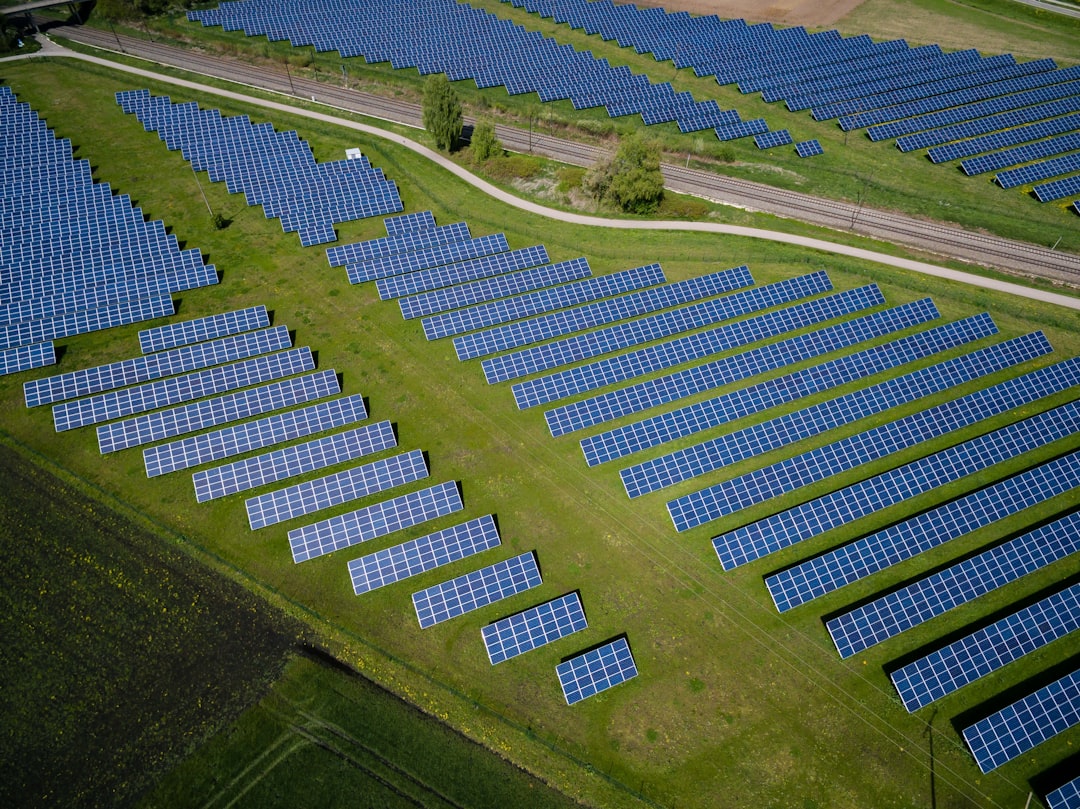What is it about?
We discuss via general arguments and examples when and why the steady nonequilibrium heat capacity vanishes with temperature. The framework is the one of Markov jump processes on finite connected graphs where the condition of local detailed balance allows to identify the heat fluxes, and where the discreteness more easily enables sufficient nondegeneracy of the stationary distribution at absolute zero, as under equilibrium. However, for the nonequilibrium extension of the Third Law, a dynamic condition is needed as well: the low-temperature dynamical activity and accessibility of the dominant state must remain sufficiently high so that relaxation times do not start to dramatically differ between different initial states. It suffices in fact that the relaxation times do not exceed the dissipation time.
Featured Image

Photo by Freddie Collins on Unsplash
Why is it important?
The Third Law of Thermodynamics is a cornerstone of physical and chemical thermodynamics. It sets and constrains the scene of low-temperature phenomena, at least where it concerns thermal properties of equilibrium systems. The extended Third Law is expected to provide a similar scenery for the thermal susceptibility of nonequilibrium systems at low ambient temperature. All the same, today, measuring nonequilibrium heat capacities constitutes a new challenge, with promises of elucidating kinetic aspects that remained hidden under equilibrium conditions.
Perspectives
The steady nonequilibrium heat capacity tends to zero with temperature when, at absolute zero, there is sufficient static “nondegeneracy” and dynamic “activity' . In that way, zero-temperature phase transitions (from zero to nonvanishing heat capacity) will indicate a dynamic transition of trapping or localization of energy. Opening the window of low-temperature thermal response for nonequilibrium materials, including active and biomimetic ones, is a fundamental complement to the Third Law of Thermodynamics.
Faezeh Khodabandehlou
Associatie KU Leuven
Read the Original
This page is a summary of: A Nernst heat theorem for nonequilibrium jump processes, The Journal of Chemical Physics, May 2023, American Institute of Physics,
DOI: 10.1063/5.0142694.
You can read the full text:
Contributors
The following have contributed to this page










